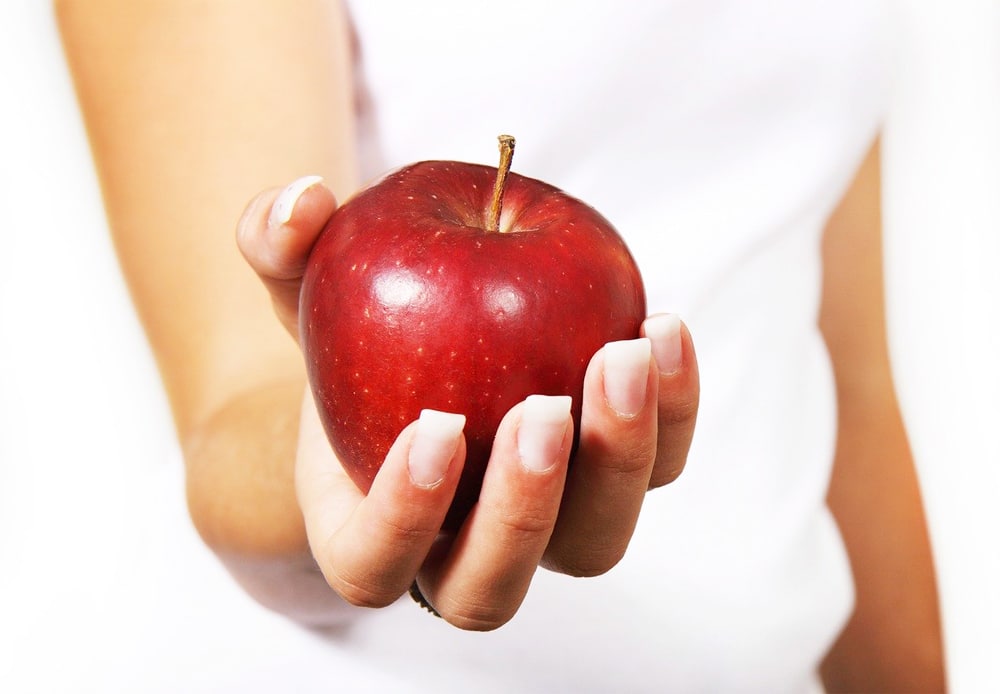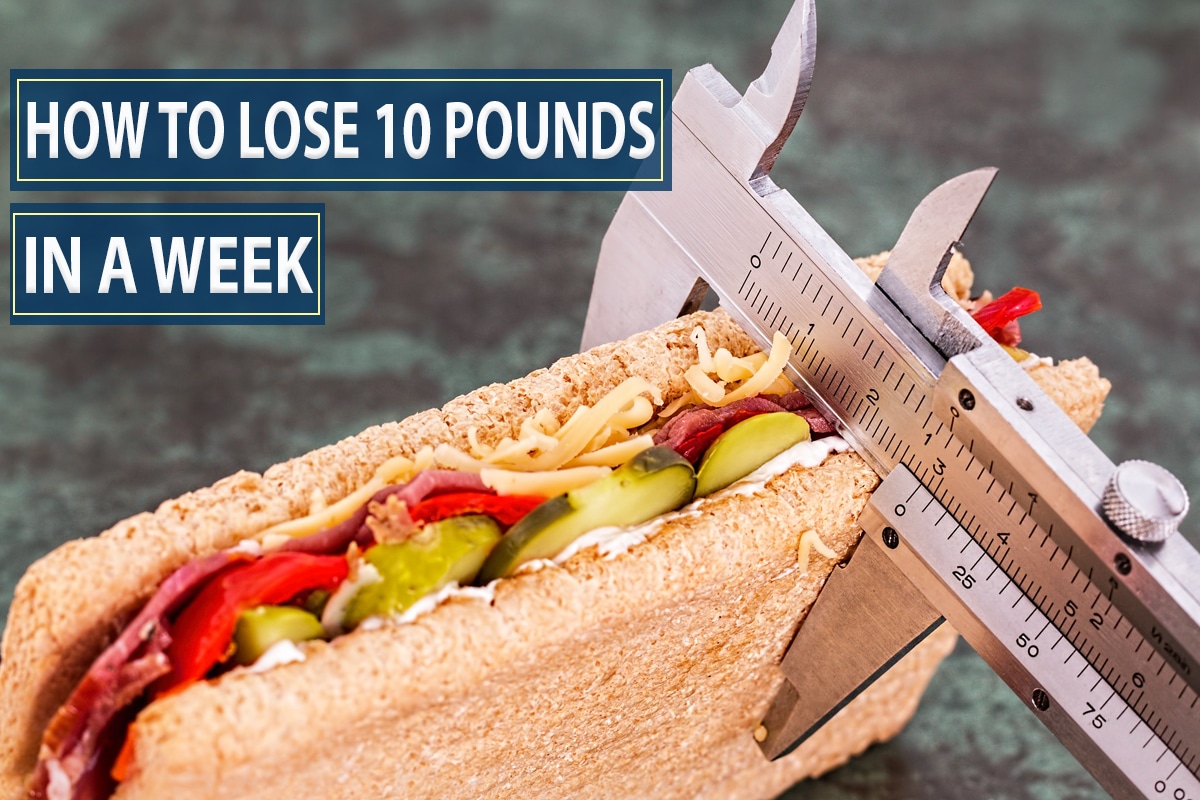The problem of congestive heart failure (CHF) happens when too much fluid builds up and your heart is not able to pump blood in an effective manner. Though there is no particular diet plan for people with CHF, you must make changes in your diet to control extra fluid. By this post we are going to know congestive heart failure diet.
Generally, a congestive heart failure diet requires you to control your fluid intake and minimize sodium consumption. Excess sodium results in fluid retention and too much fluid can have an impact on the ability of your heart to pump blood properly.
Let us now discover some tips following which you can reduce both your sodium and fluid intake.
What is Heart Failure and What Causes It?
According to the National Heart, Lung, and Blood Institute (NHLBI), 5.7 million people in the US have been diagnosed with heart failure, also known as congestive heart failure.
In this condition, the heart doesn’t pump enough blood to meet the body’s requirements. This can affect the right side, the left side, or both sides of the heart.
Right-sided heart failure means that the heart is unable to pump enough blood to the lungs to pick up oxygen. In left-sided heart failure, the heart cannot pump enough oxygen-rich blood to all parts of the body.
Heart failure can be caused by conditions that outrun, damage, and weaken the heart. When this happens, the body releases certain substances into the blood that have a toxic effect on the heart.
These Conditions Include:
- Hypertension
- Diabetes
- Ischemic heart disease, in which plaque forms inside the arteries, which can cause a heart attack or stroke
- Other heart diseases.
Tips To Reduce Sodium Intake
Reducing sodium intake is not as difficult as it sounds, and the tips given below will make things even easier for you.
1.Try alternative seasonings
Salt, which contains 40% sodium, is surely one of the most popular seasonings, but there are many other choices that you have, which can make your dishes equally flavorful.
Some of the herbs that you can try are parsley, oregano, tarragon, celery flakes, basil, thyme, and dill. Lemon juice and pepper can also make your dishes delicious, without the need for any salt. There are various salt-free seasoning blends available, you can try them as well.
2.Give instructions to your waiter
CHF does not mean you cannot go out for a dinner. But, while dining at restaurants it is a little difficult to figure out how much salt you are consuming. So, the next time you go out dining, request your waiter to avoid too much salt.
They will pass on the message to the kitchen. You may even request them to suggest some low-sodium dishes. Also, you can request the kitchen not to add any salt at all, and instead, you can use your own seasoning (salt-free, of course).
3.Prepackaged foods are best avoided
Even if you avoid eating outside you can get lured to buy some prepackaged foods. However, prepackaged foods like frozen meals usually contain excessive sodium. Manufacturers add extra salt to lengthen the shelf-life of the food and also to enhance the flavor.
Even those prepackaged foods that claim to have “reduced sodium” or “light sodium” generally contains more than 350 mg of sodium per serving. So, you must completely avoid such foods.
4.Go through the labels
For extra safety, when you buy food, go through the labels carefully and opt for those that contain no more than 350 mg of sodium each serving. And, if one of the first five ingredients in the list is sodium, then it will be wise to avoid it.
Tips To Reduce Fluid Intake
Now that we know how to control our sodium intake, let us also get to learn how to control the consumption of water.
1.Find alternatives to quench your thirst
You naturally will want to drink a glass of water when thirsty. However, at times, you can just moisten your mouth and that should be enough.
So, the next time you feel thirsty, you simply can swish a little water around your mouth and then spit it out. Or, you may chew sugar-free gum or suck on some sugar-free candy. Rolling a little ice cube around the mouth can also prove to be of help.
2.Plan and drink
Now, you cannot completely avoid drinking water so you should rather try and plan how much fluid you will drink throughout the day. If you have the habit of getting up and straightaway drinking lots of water or coffee, then you will not be left with much to drink throughout the day.
It will thus be wise to make a plan for the entire day and the maximum you can drink is 2000ml. You can then maybe consume 500ml for dinner, lunch, and breakfast. This way you still can have around 250 ml in between meals.
3.Consume frozen or water-rich fruits
When you feel thirsty, you can even try eating some water-rich fruits. Fruits that contain a high amount of water like watermelon or citrus, are a perfect sodium-free snack that will also quench your thirst.
You may even freeze fruits like grapes and enjoy them as a cooling and thirst-quenching treat.
4.Check your weight regularly
Yet another important tip to follow is to check your weight each day, at the same time. If you do so, you will be able to figure out how well fluid is being filtered out of your body.
Practices That Promote Heart Health
Although a healthy diet plays a key role in promoting heart health, other lifestyle practices can also help. People can try the following:
- Stop smoking, if applicable
- Exercise regularly
- Learn to control stress
- Get enough sleep
- Maintain a moderate weight
Wrap-Up!
Following a congestive heart failure diet simply requires you to control your sodium as well as water intake. This does not mean you will have bland food or stay thirsty, it is just that you have to manage things wisely. Yes, this may take a while for you to get used to, and also it can be a little difficult initially, but it will completely be worth it.
So, start following these tips right from now and your body will certainly be thankful.
Do you find this article valuable? Then please share it with the button below via Social Media so that your family and friends also have access to this valuable information.















